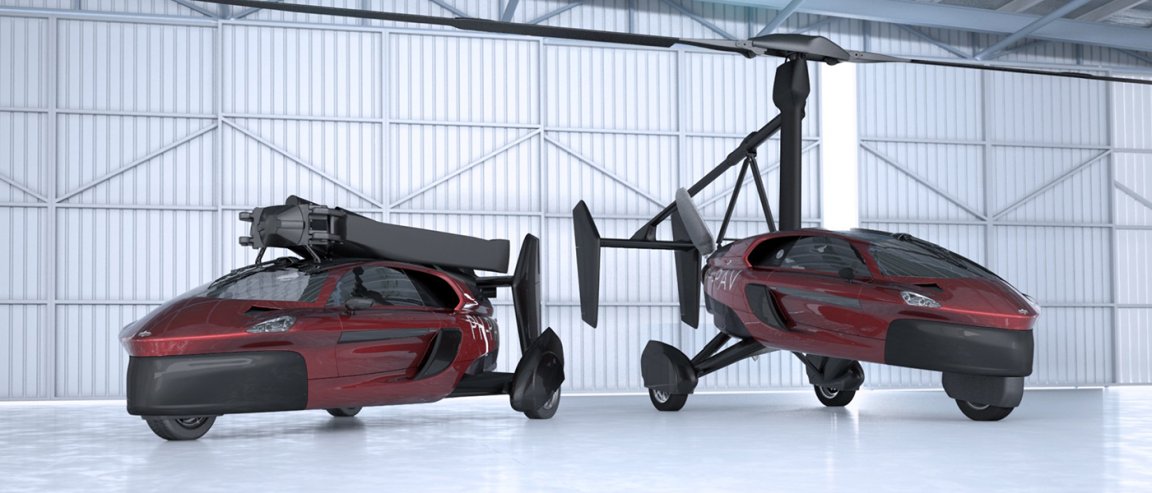
Flying Cars by 2018
The Personal Air Land Vehicle (PAL-V) Liberty is looking likely to become the first flying car intended for general adoption and real world application — and it could be available soon. While the first model was developed in 2012, the company is aiming to deliver its first car to the first customer by the end of 2018. They hope to produce 50 to 100 models in 2019, and a few hundred by 2020.
The planned price is €299,000 EUR ($333, 340 USD) for the sport version and €499,000 EUR ($556, 310 USD) for the first edition. Of course, cost isn’t the only consideration: customers will need to acquire both a flying and driving license before using the vehicle, and each car will need to undergo 150 hours of flight testing before being approved.

The PAL-V is one of many flying cars in development at the moment. Other bids include Toyota’s plan to bring a flying car to the 2020 Toyko Olympics — although the end goal for this model would be carrying the Olympic torch, rather than being destined for mass production.
At the moment, the PAL-V’s main market competition are companies like AeroMobil, and another called Terrfugia. Both use plane-like propulsion systems, as opposed to the Pal-V’s gyrocopter technology, to take off. Aerombil has already started accepting pre-orders for 2020, while Terrafugia is expected to deliver their first Transition in 2019.

The Future of Transport?
It may well be that flying cars as the future of transport. They would provide a way to decrease traffic congestion, cut out airport flight times, provide alternatives for people living a long way from work, and give a means of transport to countries that lack the infrastructure for consistent large scale flights.
However, not everyone agrees with that assessment: Elon Musk isn’t so sure flying cars are the future of transport, as he told Bloomberg’s Max Chafkin: “Obviously, I like flying things, but it’s difficult to imagine the flying car becoming a scalable solution.”
Among the main criticisms of the technology are the fact that it would need to produce a lot of downforce to stay in the sky — which produces a lot of noise and wind — and that they may well be more dangerous than road cars: should they be involved in an accident, passengers and debris could quite literally end up falling from the sky. The PAL-V has handled the the first issue with its gyrocopte, which keeps speed in check and is a key safety feature.
While a future with flying cars is an exciting one to behold, there are some major obstacles the industry needs to overcome first. And while it’s certainly encouraging that there’s interest, we shouldn’t take the acceptance of pre-orders as being interchangeable with government policy or even approval.